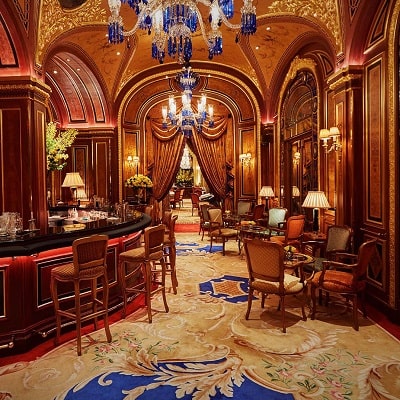The first casino in the world

The first gambling games were known a few thousand years ago. This opinion is supported by numerous archaeological findings. For instance, scientists have uncovered ancient dice that date back to before our era. It is possible that at first this attribute was used for magic rituals, and only later became an indispensable part of gambling.
But if not much information is known about the most ancient times, in Ancient Greece and the Roman Empire, a real cult of gambling was formed. Thus, in the 6th century BC, the Circus was built. However, at the time, the name had nothing to do with the concept today. In the Roman Circus, guests played dice, placed bets and bet money.
A little history of gambling
Ancient China and India contributed to the development of gambling. For example, in the collection of religious texts, hymns and rules of the Rigveda, one can find information about the rules of dice and other entertainment. Around this time, an entire gambling industry began to form, which is now common in every corner of the world. However, in those days, only a few establishments were able to place bets and play cards.
The next big step in the development of casinos was taken during the Renaissance. It was then that establishments where visitors could not just relax, but also play card games became extremely popular in Italy. The popularity of gambling entertainment in the country was so great that in the mid 17th century Venice had its first legal casino, called Il Ridotto.

Furthermore, the term “casino” itself was coined in Italy and literally translates as “small house”. Apart from the entertainment itself, these places offered the public music, dancing, food and drinks.
It is believed that the world’s first casino was opened to attract people to Venice Carnival. Back then the place was only visited by noblemen who could afford big bets. Also, the casino had a strict dress code and there were certain rules. The state was loyal to the club as it paid good taxes to the treasury. However, due to dissatisfaction with the church, the casino was closed a little later anyway.
But people were already attracted to gambling, so casinos began to appear in large numbers in Italy and beyond. In the 18th century, the first establishment was opened in France. This is largely attributed to the desire of the country’s minister to supplement the treasury with taxes through gambling. The French themselves were particularly fond of roulette.
Then clubs began to open in all other countries, where wealthy people were willing to play and make large bets. European casinos reached their peak in the 19th century. The establishments no longer resembled small and cramped houses. They were now spacious venues with excellent services. All this began to attract more and more wealthy people eager to play in the comfort of their own homes.
For those who preferred to play for very large sums of money, there were separate rooms for the select few. The casinos grew in popularity each year, but by the end of the 19th century most of the clubs were closed. After that, it became possible to play only in Monte Carlo, where casino bans did not apply.
Surprisingly, gambling did not initially spread as widely in the United States as it did in Europe. However, over time it was here that the casino capital of the world, Las Vegas, emerged. Now the best casinos are located here, attracting thousands of gamblers. In Asia, the equivalent of Las Vegas is Macau. Here, too, there are many casinos.
